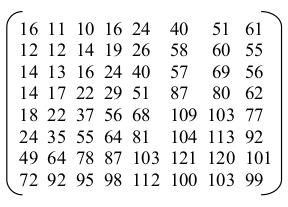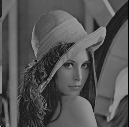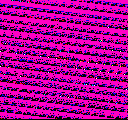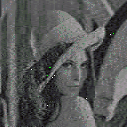JPEG Encoder/Decoder Unit
Objectives
The purpose of this lab is develop a JPEG Encoder / Decoder unit for SoC.
Theory
There are 4 stages of JPEG compression and JPEG decompression. These 4 stages are DCT, Quantization, Zig Zag and Entropy Encoding.
For this lab we were reponsible for just DCT, Quantization and Zig Zag.
Compression
Before the image is applied with DCT it must be first pre-processed. The It is preprocessed by dividing image into 8x8 blocks. The image is also level-shifted so that the frequency domain of the data moves to the right of the origin. Level shifting is done by substracting 128 from each pixel. Each 8x8 block has DCT applied to it, thus making each 8x8 block of image data into a 8x8 block of frequencies or sum of cosines. The following equation is used for DCT
Image of the DCT equation
Where:
Image of the conditions
The input matrix values are the x and y , and the output matrix is F (u, v) . Next the Quantizer is applied to get rid of the higher frequency wave forms (since they are not needed) and keeps the lower frequency waveforms since they represent the majority of the image. The way the quantizer is applied is by divided the DCT matrix by the quantization table. The one used in the lab can be seen below.
Image of the quantization table
Next the ZigZag converts each 8x8 block char array into a 1x64 char array. The output is a compressed file (without Huffman Encoding) that is in a character format, not a double. In compression you are writing char, not double to a file, since char is a useful data type in the fact that it has a fixed size on multiple machines, whereas different data types may have different sizes on different machines.
Decompression
For decompression, the above method is utilized but in reverse, the 1x64 array is unzigzagged, from 1x64 to 8x8. Then the quantizer table is multiplied to each block, instead of being divided by it. After being unquantized, IDCT is then applied to each 8x8 block, thus bringing back the original image.
The IDCT equation can be seen below:
Image of the IDCT equation
Where:
Image of conditions
Where u and v are the value for the input matrix (DCT) and f(x,y) is the data for the uncompressed image.
Figures and Results
Screenshot Lena Image
Screenshot Output of the DCT (Compressed)
Screenshot Output of the IDCT (Uncompressed)
The reason as to why the image is of lesser quality is due to the fact that is has been initially quantized when it was compressed. Quantization is a lossy process therefore some data will be lost during the compression.
However, if quantization was not used and just zigzag and DCT were used, since there are lossless processes, when compressed and uncompressed, the output will be the same as the original.







